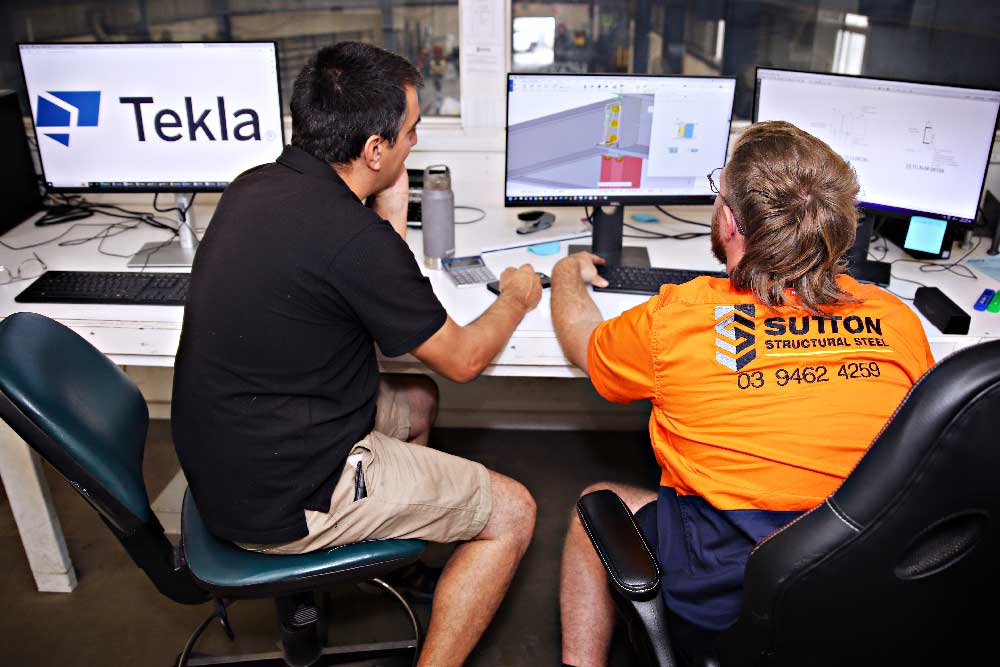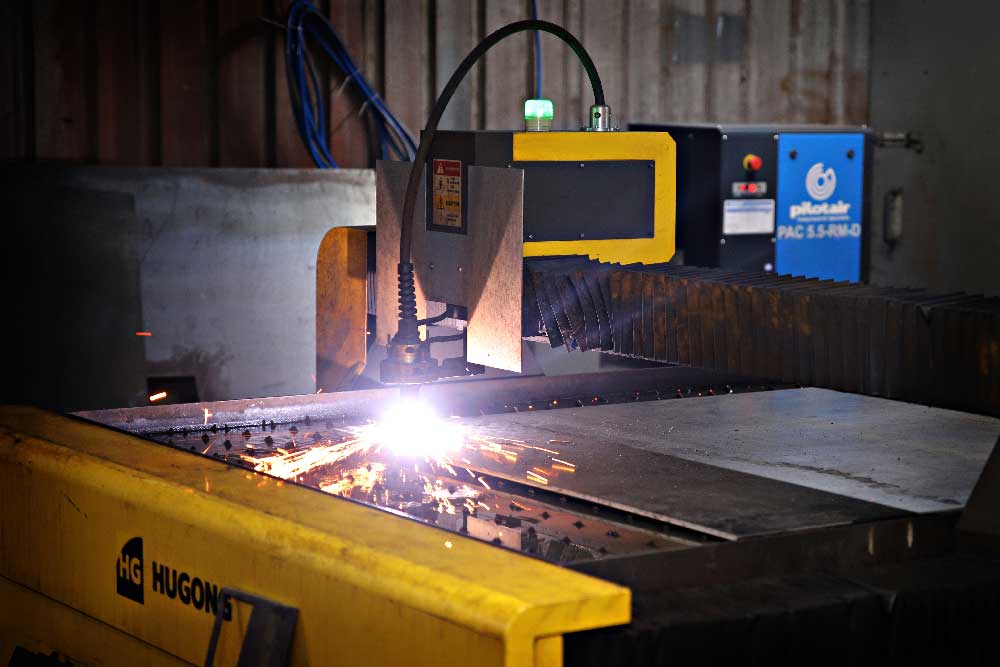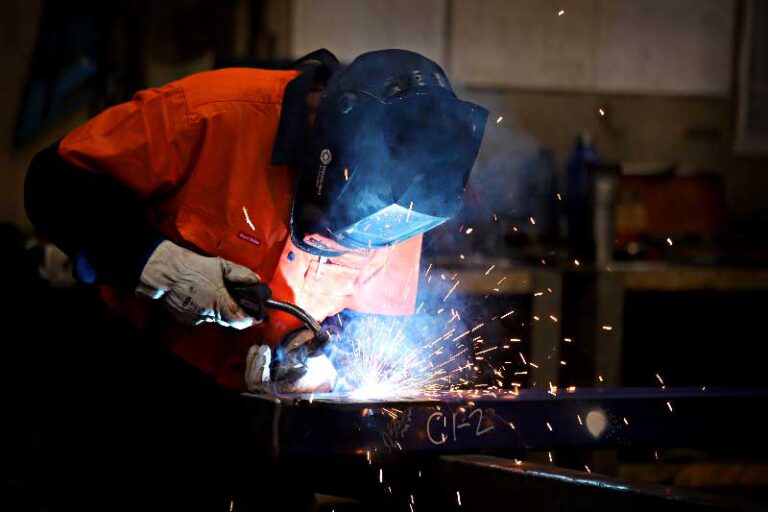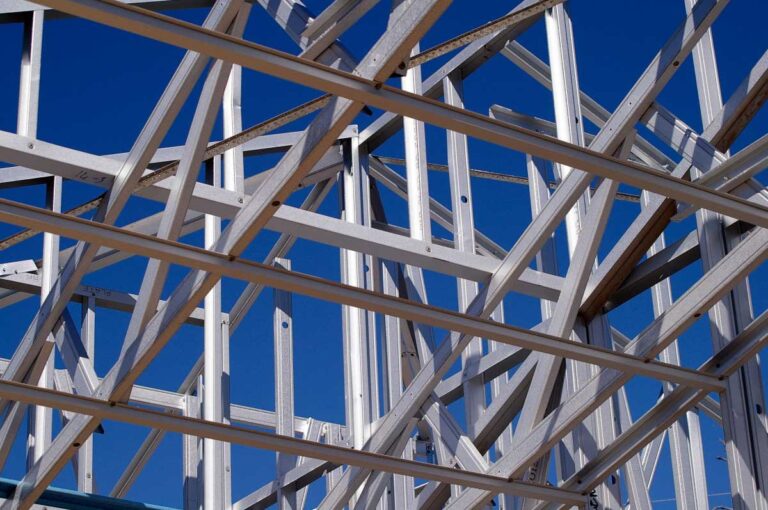Steel fabrication involves the process of cutting, shaping, and assembling steel structures and components. To ensure the production of high-quality and structurally sound products, it is important to follow best practices in steel fabrication. Here are some key considerations:

- Detailed Planning and Design: Begin with a comprehensive computer based planning and design phase. This includes accurate measurements, precise drawings, and detailed plans for the computer controlled fabrication process. A well-thought-out design minimizes errors and ensures efficient fabrication.
- Material Selection and Inspection: Choose the appropriate steel grade and type for the specific application. Thoroughly inspect incoming materials for any defects or inconsistencies, such as cracks, rust, or deviations from specifications.
- Cutting Accuracy: Precise cutting is essential for accurate assembly. Utilize modern cutting methods, such as compter driven laser cutting, plasma cutting, or water jet cutting, to achieve the required shapes and sizes with minimal distortion.
- Proper Welding Techniques: Employ skilled welders who are trained in various welding techniques. Ensure proper joint preparation, control of heat input, and adherence to welding procedures. High-quality welds contribute significantly to the strength and durability of the fabricated structure.
- Quality Control and Inspection: Implement a rigorous quality control process throughout the fabrication process. Conduct inspections at key stages to identify and rectify any issues promptly. Non-destructive testing methods, such as ultrasonic testing or magnetic particle inspection, can be used to ensure weld integrity.
- Precision Machining: When machining is required, use precision techniques to achieve accurate dimensions and surface finishes. This is particularly important for components that require tight tolerances or critical functional characteristics.
- Accurate Assembly: Follow the assembly instructions precisely to ensure components fit together seamlessly. Proper alignment and welding sequencing are crucial to avoid stress concentrations and distortion in the final product.
- Surface Treatment and Coating: Apply appropriate surface treatments and coatings to protect the fabricated steel from corrosion and enhance its lifespan. This may include painting, galvanizing, or applying specialized coatings based on the intended use and environmental conditions.
- Handling and Transportation: Handle fabricated steel components with care to prevent damage during transportation and installation. Implement proper lifting and handling procedures, and use protective measures to prevent scratches, dents, or other forms of damage.
- Documentation and Traceability: Maintain detailed documentation throughout the fabrication process, including material certifications, welding procedures, inspection reports, and any deviations from the original plans. This documentation is essential for quality assurance and traceability.
- Safety Protocols: Prioritize safety throughout the fabrication process. Ensure that workers are equipped with the necessary personal protective equipment (PPE) and are trained to follow safety protocols. Regular safety audits and training sessions contribute to a safe working environment.
- Continuous Improvement: Encourage a culture of continuous improvement by reviewing and learning from each fabrication project. Evaluate performance, identify areas for improvement, and implement changes to enhance efficiency and quality in future projects.

By incorporating these best practices into the steel fabrication process, manufacturers can produce high-quality products that meet industry standards and customer expectations. Consistency in adherence to these practices is key to the long-term success of any steel fabrication operation.




